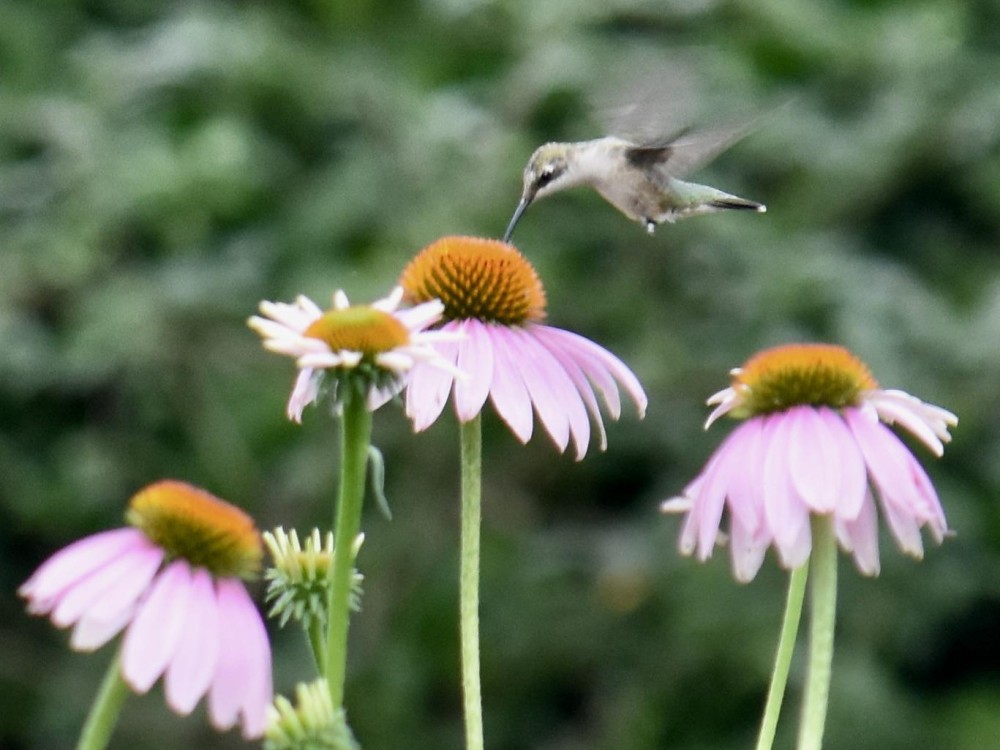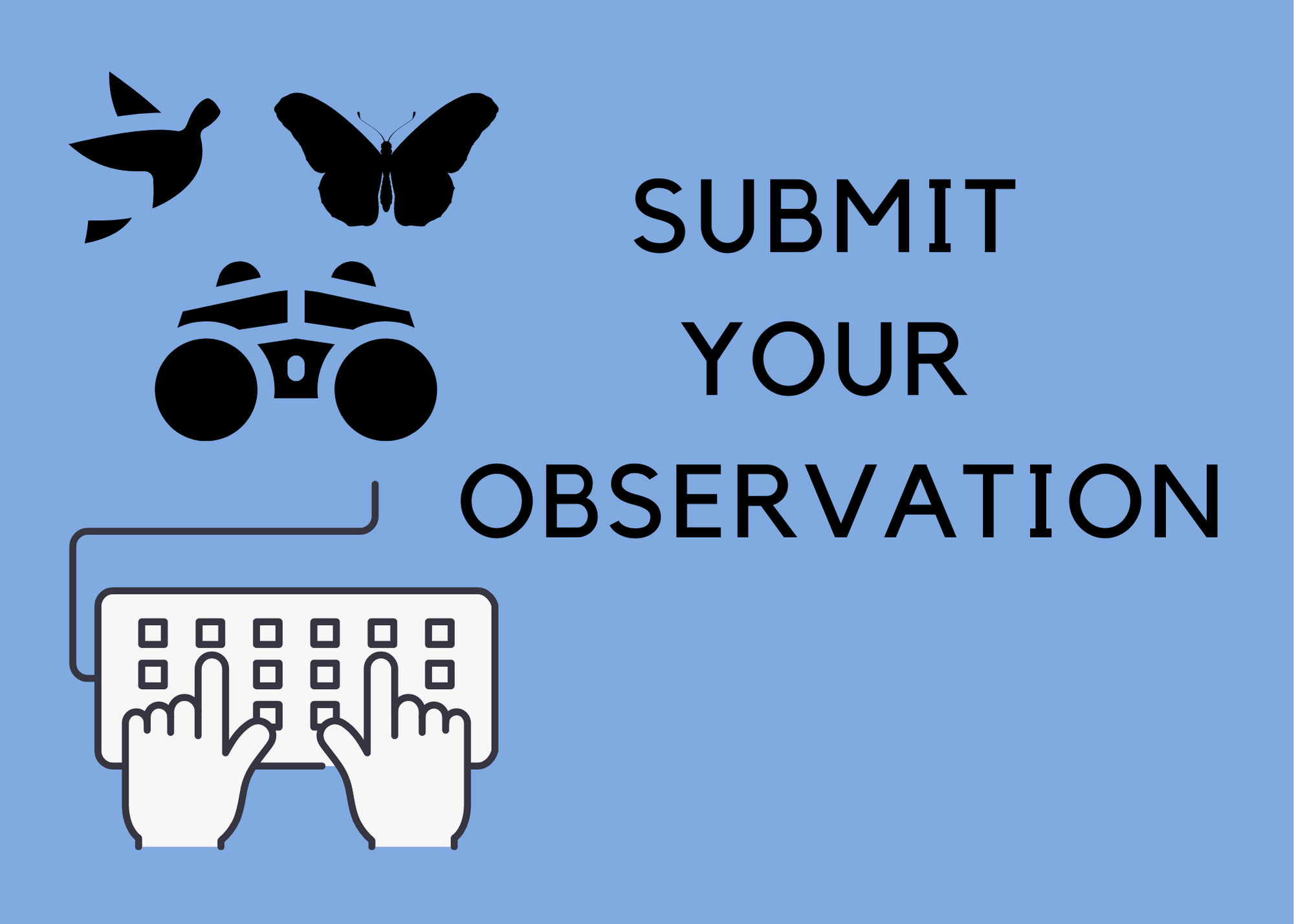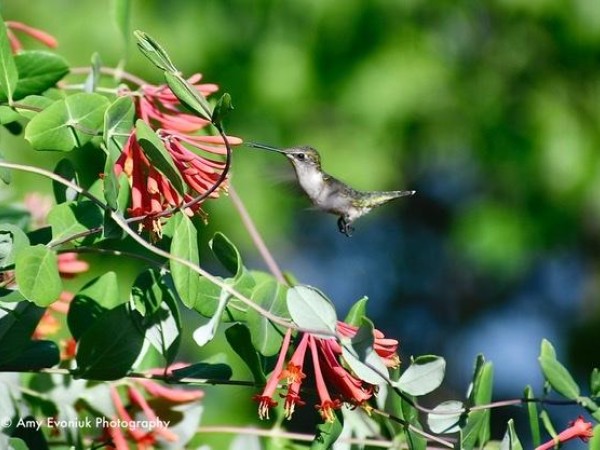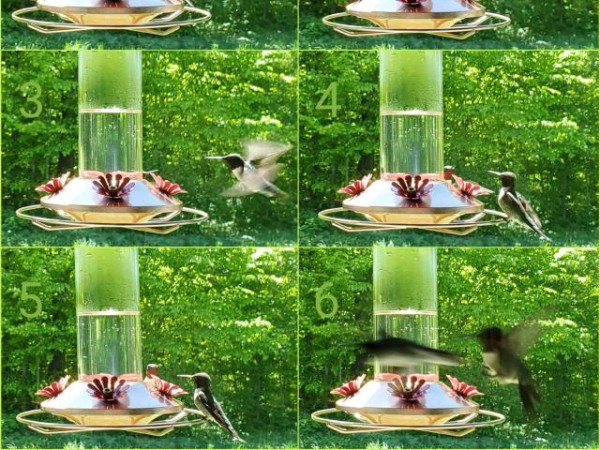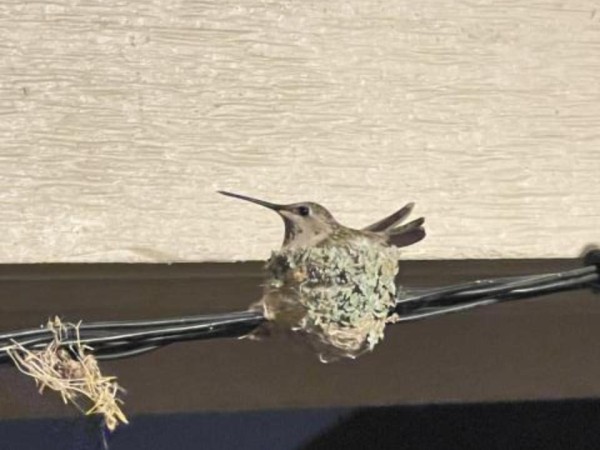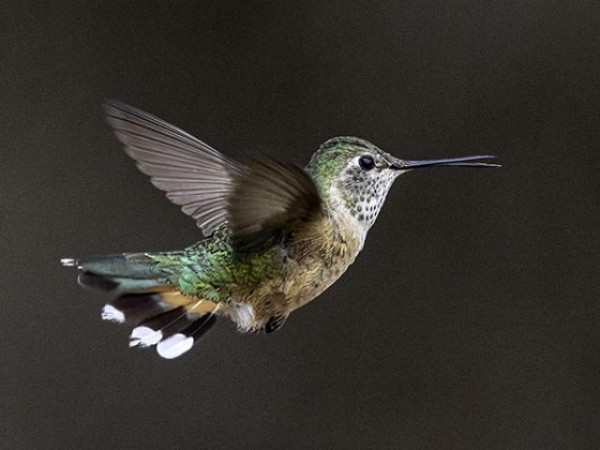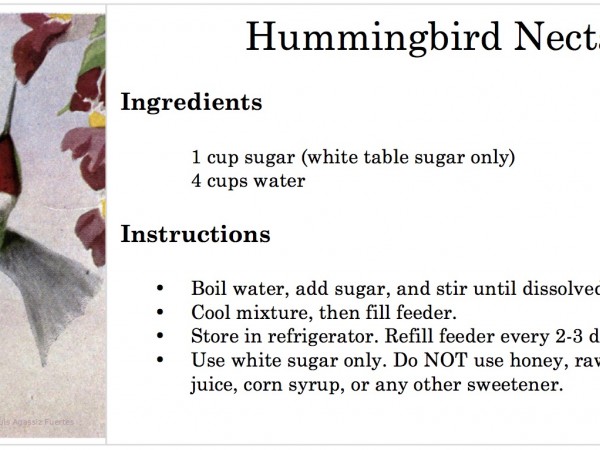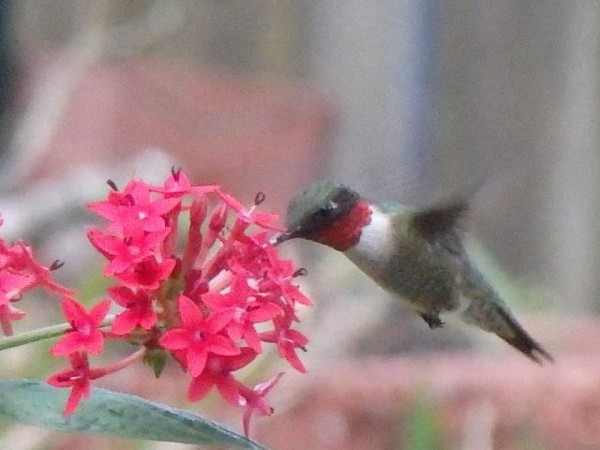Approaching Summer
Summer is two weeks away. As hummingbirds settle in to breeding grounds, continue to report your observations of territorial behavior, courtship displays, nests, eggs, and nectaring activity.
Nectaring and Other Observations
Summer is just a few weeks away. As spring migration winds down and first sightings of hummingbirds dwindle, continue to report your observations under these reporting categories:
Hummingbird, Nectaring from Flowers — Please submit photos when possible. In your comments, list the hummingbird and plant species observed.
Amy in Newburgh, IN: "I had a male and female Ruby-throated Hummingbird today nectaring on this Major Wheeler honeysuckle vine." (05/31/2022)
Hummingbird (OTHER Observations) — Observations included in this reporting category include defending territories, nest building, and raising young. Please submit photos when possible. In your comments, list behavior and hummingbird species observed.
James in Gulliver, MI: "Conservatively, three males (maybe more) and three females (likely more) observed within feeder territory; most time there dominated by one male, frequent female visitors, occasional other males come to challenge or sneak a drink." (06/01/2022)
Colleen in Little Elm, TX: "She’s added the green pieces to the fluffy nest today and survived a pretty wild storm." (06/01/2022)
Hummingbird, Other Species Sighted — Species tracked include Ruby-throated, Rufous, Broad-tailed, Black-chinned, Anna's, Allen’s, Costa’s, and Calliope Hummingbirds. Please submit photos when possible. In your comments, list hummingbird species observed.
David in Guymon, OK: "Female Broad-tailed hummingbird." (05/24/2022)
Summer Fuel for Hummingbirds
With spring migration winding down it is time to tend pollinator gardens and keep hummingbird feeders full, fresh, and clean. Please remember our message of NO RED DYE. The last thing we want to do is to harm hummingbirds. Do not use red-dye solution or add red food coloring in your hummingbird feeders.
Watch for Fledglings
After the young hummingbirds fledge the nest, look for more nectaring activity at your flowers and feeders. Watch for inexperienced young birds as they explore surroundings and hone feeding skills. Juvenile and female hummingbirds are difficult to distinguish, so look for an increase in visitors to determine when the young are on the wing.

